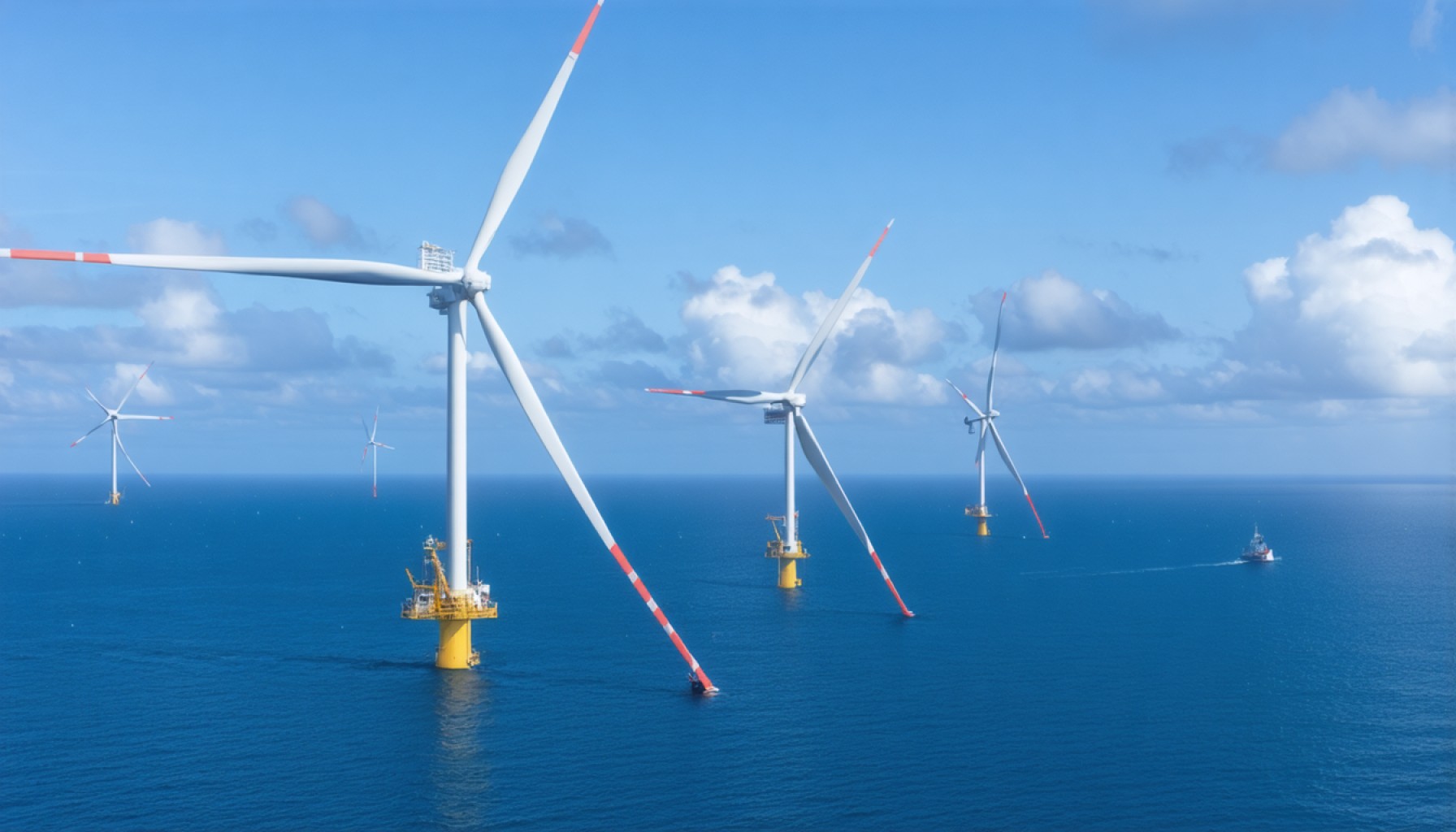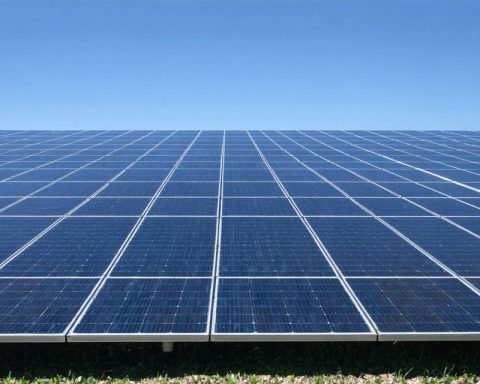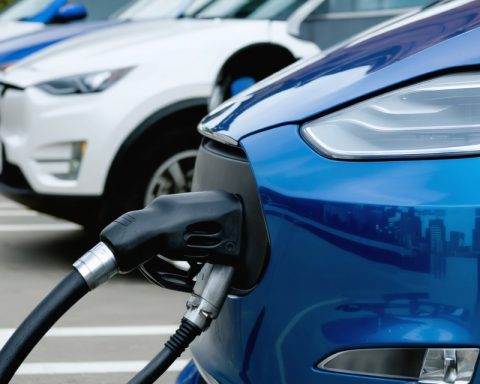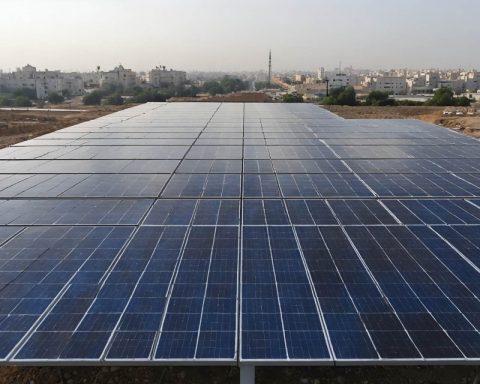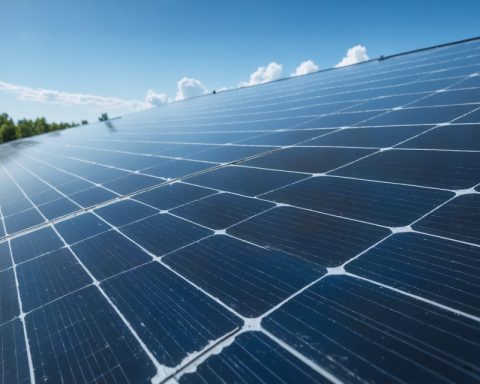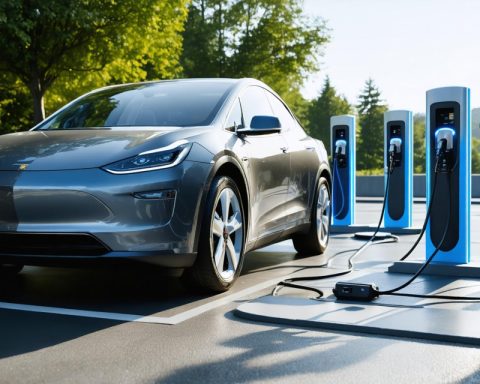- TotalEnergies and Air Liquide collaborate to produce green hydrogen from offshore wind energy, aiming to reduce carbon emissions in Europe.
- The OranjeWind offshore wind farm, a joint venture with RWE, is pivotal to generating approximately 45,000 tons of green hydrogen annually.
- The initiative could cut up to 450,000 tons of CO2 from refineries in Belgium and the Netherlands each year.
- A 250 MW electrolyzer near the Zeeland refinery aims to produce 30,000 tons of green hydrogen annually by 2029, potentially reducing emissions by 300,000 tons of CO2 each year.
- TotalEnergies has an agreement for Air Liquide’s 200 MW ELYgator project, contributing an additional 15,000 tons of green hydrogen for Antwerp.
- The projects signify TotalEnergies’ commitment to decarbonizing European refineries, promoting renewable energy-driven industrial growth.
Amid the swirling winds of the North Sea, a new chapter in green energy unfolds as TotalEnergies and Air Liquide join forces to harness the power of offshore wind for the production and delivery of green hydrogen. This bold collaboration focuses on slashing carbon emissions and propelling Europe toward its renewable energy ambitions.
Imagine the iconic OranjeWind offshore wind farm, a joint venture by TotalEnergies and RWE, spinning its massive blades against the sky. The energy captured here forms the backbone of a strategy to generate around 45,000 tons of green hydrogen annually. This initiative targets a drastic cut of up to 450,000 tons of CO2 from TotalEnergies’ refineries in Belgium and the Netherlands each year.
At the heart of this endeavor is a 250 MW electrolyzer near the Zeeland refinery in the Netherlands, poised to breathe life into 30,000 tons of green hydrogen yearly. Picture this: a facility humming with the promise of cleaner energy, set to be operational by 2029, as it carves out a new environmental landscape by potentially severing some 300,000 tons of CO2 emissions annually.
In another ambitious stride, TotalEnergies has cemented a tolling agreement dedicated to Air Liquide’s 200 MW ELYgator project in the Netherlands. Utilizing this, 15,000 more tons of green hydrogen will enrich Antwerp’s energy tapestry, further trimming emissions at the site.
These projects mark a decisive step in TotalEnergies’ grand vision to decarbonize its European refineries. It’s not just about reducing emissions; it’s about setting a new standard for industrial growth powered by renewable energy. As the winds continue to blow briskly across the North Sea, they carry with them a message of sustainability and innovation, heralding a greener tomorrow.
Unlocking the Future: How Offshore Wind Power and Green Hydrogen Are Revolutionizing Energy
How-To Steps & Life Hacks
1. Establishing Offshore Wind Farms:
– Site Selection: Ensure the chosen location has consistent winds and minimal interference with shipping lanes and marine ecosystems.
– Securing Permits: Work with local governments to obtain necessary environmental and construction permits.
– Infrastructure Development: Coordinate the installation of turbines and associated grid connections via a capable logistics network.
2. Integrating Green Hydrogen Production:
– Electrolyzer Technology: Implement advanced electrolyzers that can efficiently convert wind-generated electricity into hydrogen.
– Storage and Distribution: Develop facilities for storing hydrogen and create pipelines or transport methods for distribution.
3. Reducing Carbon Footprint in Refineries:
– Retrofitting Existing Structures: Modify current facilities for compatibility with hydrogen, reducing reliance on fossil fuels.
– Monitoring Emissions: Use real-time monitoring tools to track reductions in CO2 emissions and assess the impact of green hydrogen integration.
Real-World Use Cases
1. Heavy Industry Decarbonization: Cement and steel industries can integrate green hydrogen for a cleaner fuel source, reducing their substantial carbon footprints.
2. Transportation Sector: Use hydrogen fuel cells to power vehicles and public transportation systems, offering a sustainable alternative to gasoline and diesel.
3. Energy Storage Solutions: Invest in hydrogen as an energy carrier to store excess wind power for later use, ensuring stable supply even when wind conditions are low.
Market Forecasts & Industry Trends
– Green Hydrogen Boost: According to the International Energy Agency (IEA), the global demand for hydrogen is expected to increase by over 500% by 2050, fostered by policies aimed at reducing emissions.
– Offshore Wind Growth: The Global Wind Energy Council (GWEC) predicts a record installation of offshore wind capacity, reaching one terawatt by 2030, spreading across Europe, North America, and Asia.
Controversies & Limitations
– High Initial Investment: Setting up offshore wind farms and hydrogen production facilities requires significant financial resources, which may deter smaller players.
– Environmental Concerns: Potential impacts on marine life and local ecosystems from large-scale infrastructure can lead to pushback from environmental groups.
Features, Specs & Pricing
– Electrolyzer Technology: Modern PEM (Proton Exchange Membrane) electrolyzers offer high efficiency and flexibility but come at a higher cost than traditional alkaline systems.
– Offshore Turbines: Next-generation turbines reach heights of over 200 meters and blades exceeding 100 meters in length, generating upwards of 15 MW each.
Security & Sustainability
– Renewable Energy Security: Offshore installations require rigorous security protocols to protect against weather events and potential sabotage or interference.
– Sustainability Practices: Regular impact assessments ensure minimal disruption to marine environments, alongside commitments to renewable supply chain ethics.
Insights & Predictions
– Energy Policy Shifts: With increasing EU regulatory support for hydrogen projects, companies engaged in offshore wind and hydrogen production will likely benefit from subsidies and favorable policies.
– Tech Innovations: Advancements in electrolyzer efficiency and offshore turbine designs will continue to lower costs and increase adoption rates.
Pros & Cons Overview
Pros:
– Significant reduction in CO2 emissions.
– Potential for energy independence and reduced reliance on fossil fuels.
– Massive job creation in renewable sectors.
Cons:
– Expensive infrastructure and technology deployment.
– Potential negative environmental impacts.
– Regulatory hurdles in cross-border energy markets.
Recommendations
– Investment Strategy: Companies should explore partnerships to distribute the high costs associated with hydrogen infrastructure across multiple stakeholders.
– Community Engagement: Actively involve local communities and stakeholders to address environmental concerns and ensure shared benefits from renewable projects.
For more insights into renewable energy solutions and innovations, visit TotalEnergies and Air Liquide .
